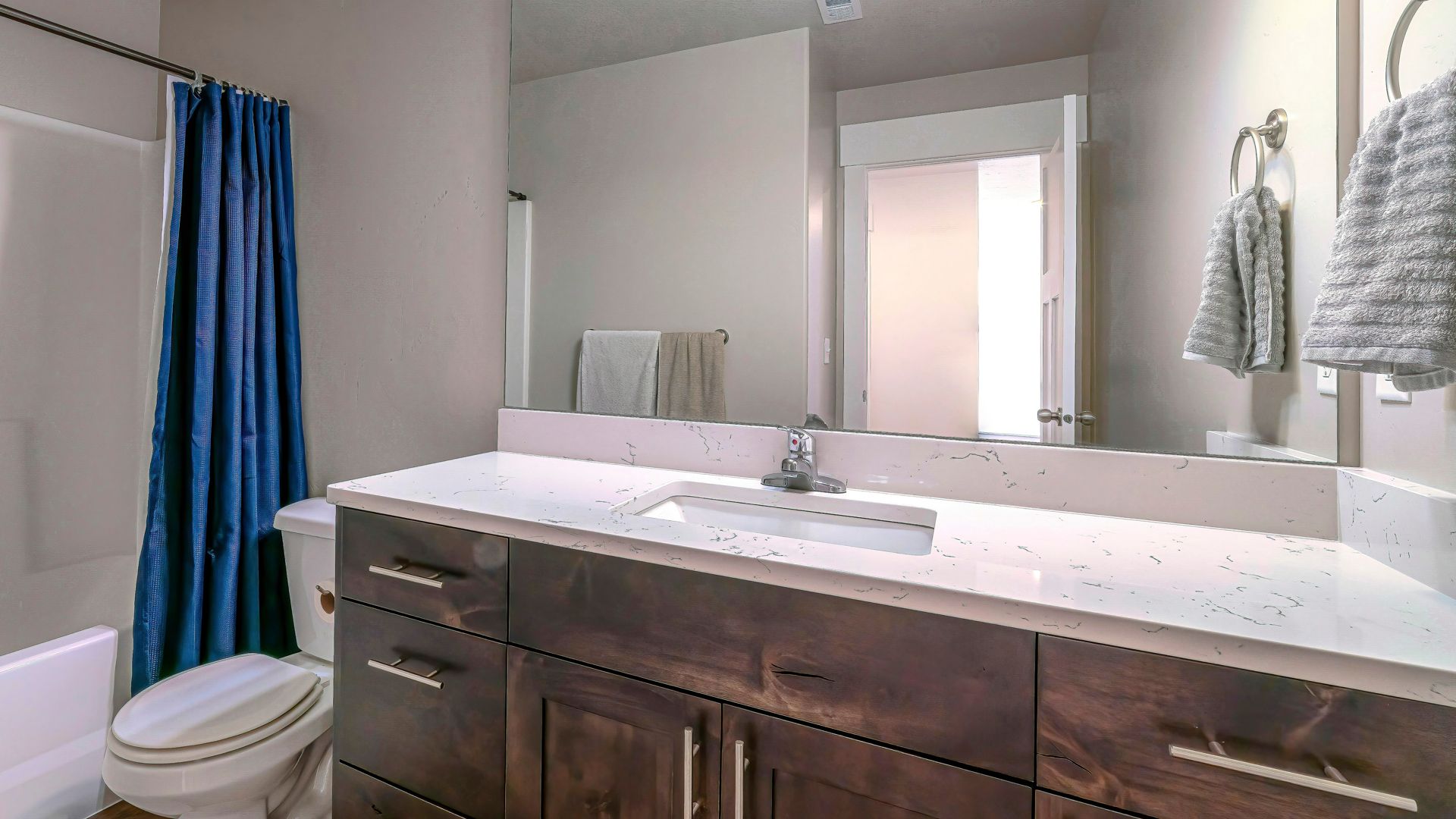Heating or cooling your home is expensive, plain and simple. For many people, this often means choosing not to use your central heating and cooling system and instead opting for a space heater or personal cooler that’s simply inefficient and possibly even dangerous. However, you shouldn’t have to choose a less-optimal heating method just because you don’t want to pay the price to heat or cool your entire home. With zoning technology, you won’t have to.
What Is Zoning?
Zoning is the principle of dividing your HVAC system into different areas of your home, otherwise known as “zones,” and giving your system the ability to control the climate in each zone independently. In the areas of your home where you’re currently at, you can turn the temperature to where you want it. In the areas you aren’t using you can turn your system to a more efficient setting to save money. If people in different areas of the home have different climate preferences, they can choose the temperature that makes them comfortable, eliminating pesky fights over the temperature in the home. Zones can be as small as a single bedroom or as large as an entire floor, and in fact it’s not uncommon for most two-story homes being built these days to include a different HVAC unit for your upstairs and downstairs floors for independent operation.
How Can I Zone My Home for HVAC Equipment?
Adding zoning to your home isn’t as easy as say installing a new thermostat. Your home needs to be set up to do this, and that may involve changing things like ductwork or even your entire HVAC system as a whole to do properly. The most practical time to add zoning abilities to your home is when you need to replace your air conditioner and heater. This means you may have to wait a while, but it is far more practical to do this way.
Alternatively, another way you could add zoning to your home is through the use of ductless heating and cooling systems. Modern ductless units can all connect to each other via wi-fi, and that gives them the ability to all be controlled from a single source, including a smartphone or tablet. Each ductless HVAC unit can be controlled independently, and each is designed to handle a small space like a bedroom or living area. This is why some homeowners are actually choosing to ditch their central system outright in favor of several different ductless units located throughout their home. We encourage you to consider if this option would be right for you as well, however we know that this may not be the perfect choice for everyone.
Using Zoning to Your Advantage
Zoning can give you a number of advantages when it comes to heating and cooling your home. Not only can it lead to better and more even overall comfort, but it can save you money while doing so. For example, if you live in a two-story home, setting your thermostats for the two different zones properly can both encourage a more even feeling temperature across both floors and even save you money on your energy bills every month. During summer, we recommend setting your upstairs thermostat two degrees above your downstairs system. This allows you to keep your upstairs unit cooler without the constant strain of it running endlessly. Because warm air naturally rises, the warm air from downstairs is always going to go up. The cold air will always sink. Thus, setting your downstairs thermostat cooler in winter helps eliminate the amount of heat flowing upward and thus cools your entire home for it.
During winter, the opposite is true. When it’s cold outside, you want the heat to rise, so set your downstairs thermostat two degrees warmer. The heat your furnace or heat pump produces will warm the air that will then rise to your upper floor and keep it warmer and even as well without the extra expense of forcing your upstairs HVAC equipment to work harder.
Interested in adding zoning abilities to your home? Call A-TEMP Heating, Cooling & Electrical at (503) 694-3396 today and learn how we can bring this technology to you.

.1).1905151427550.png)